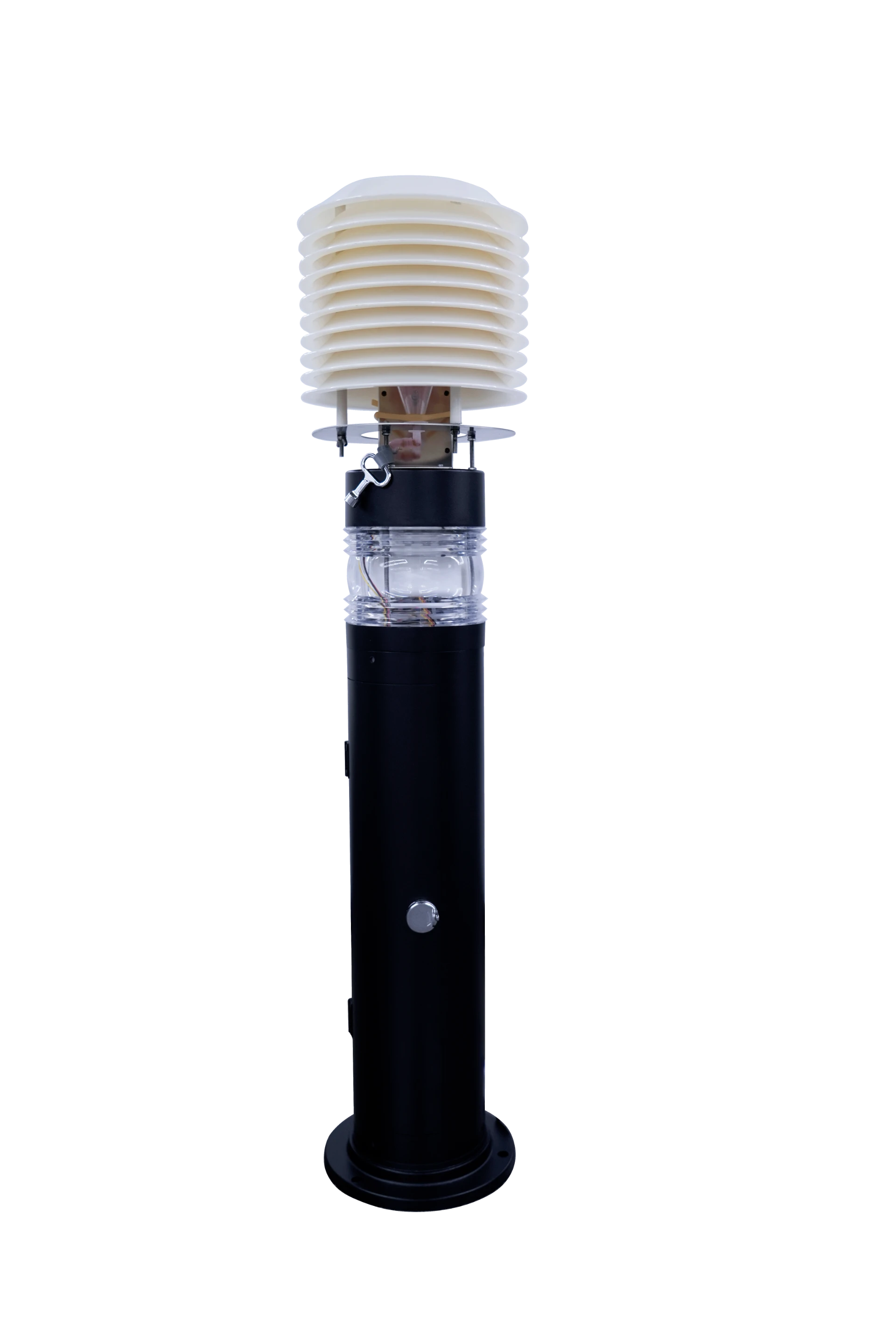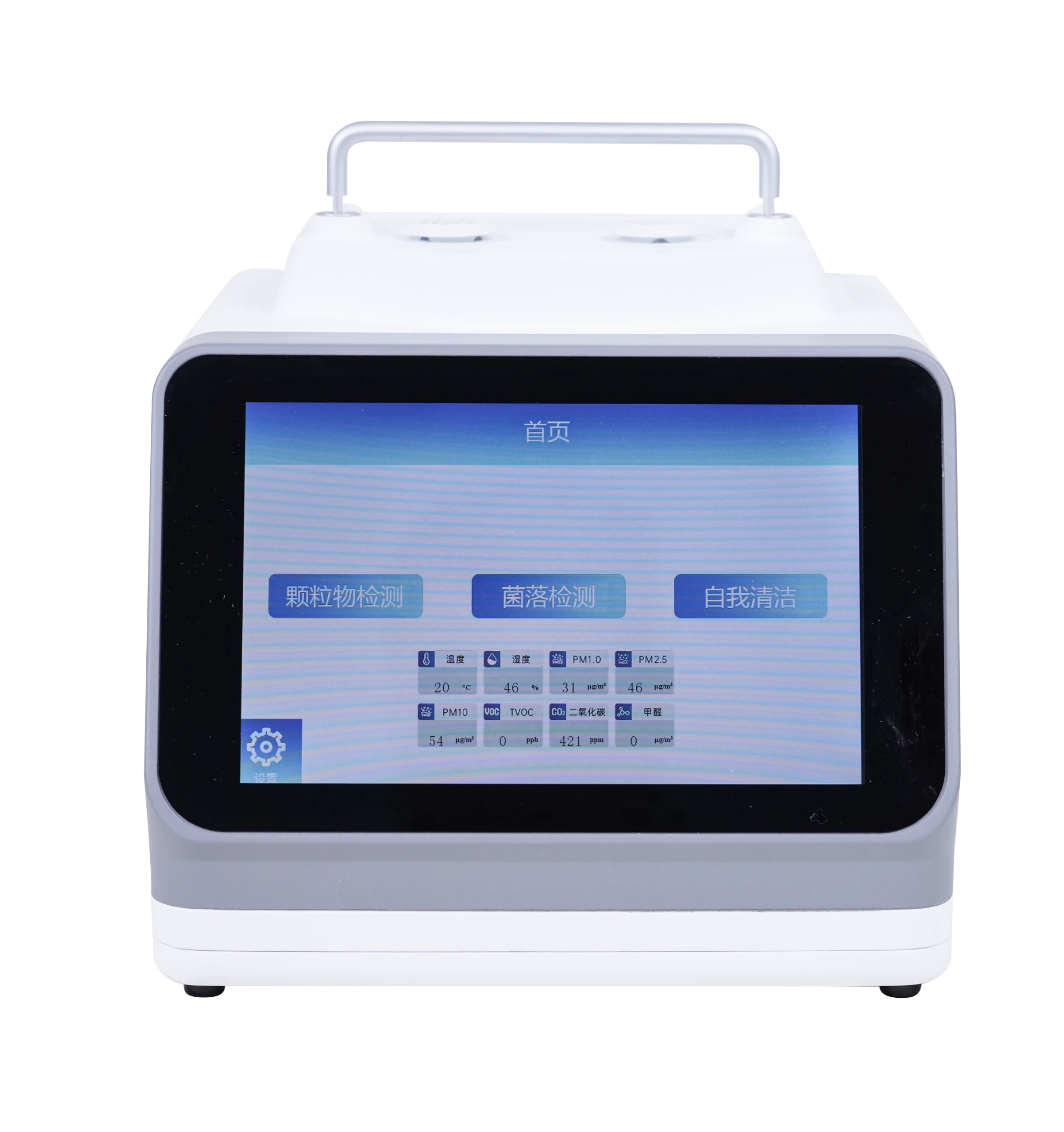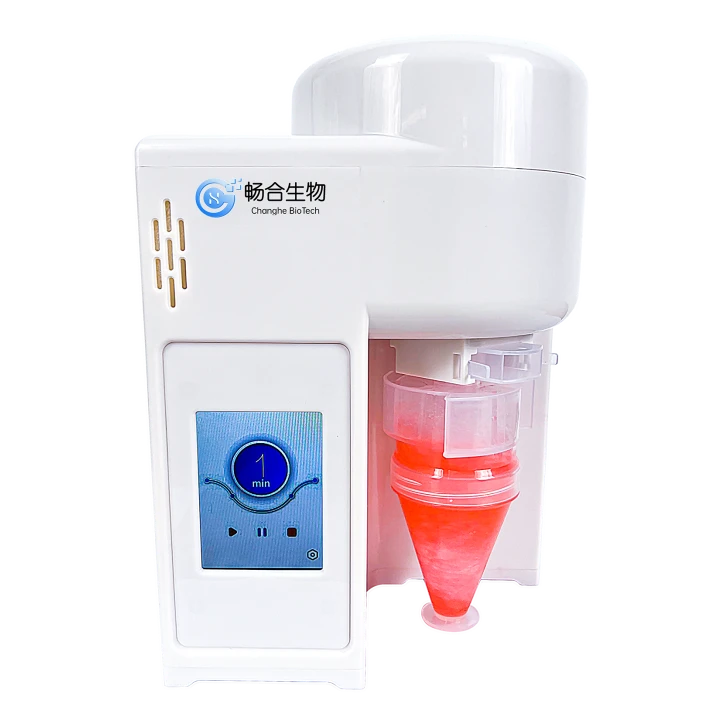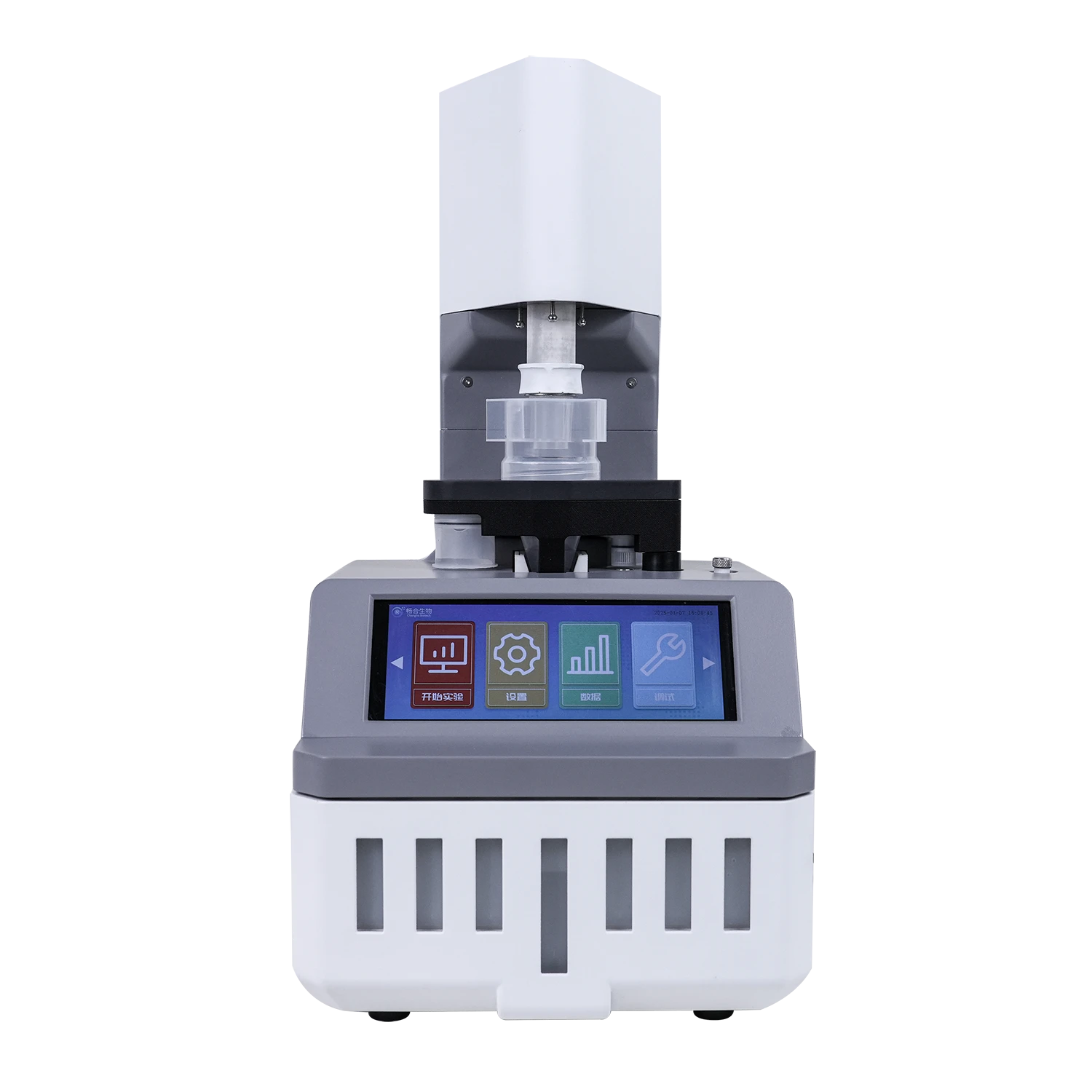
Integrating Distemper PCR Test into Feline Wellness Programs
Feline distemper, caused by the highly contagious feline panleukopenia virus (FPV), poses a significant threat to cats, particularly in multi-cat environments like shelters, catteries, and even households. Traditional symptom-based diagnosis often fails to catch infections early, allowing outbreaks to spiral. Distemper PCR test has emerged as a game-changer, enabling veterinarians to detect the virus before clinical signs appear. By integrating PCR test for cats into routine wellness programs, clinics can shift from reactive treatment to preventive care—saving lives, reducing costs, and enhancing feline health outcomes. This article explores the strategic, technical, and economic benefits of adopting distemper PCR test at scale, with a focus on wholesale implementation for veterinary networks.
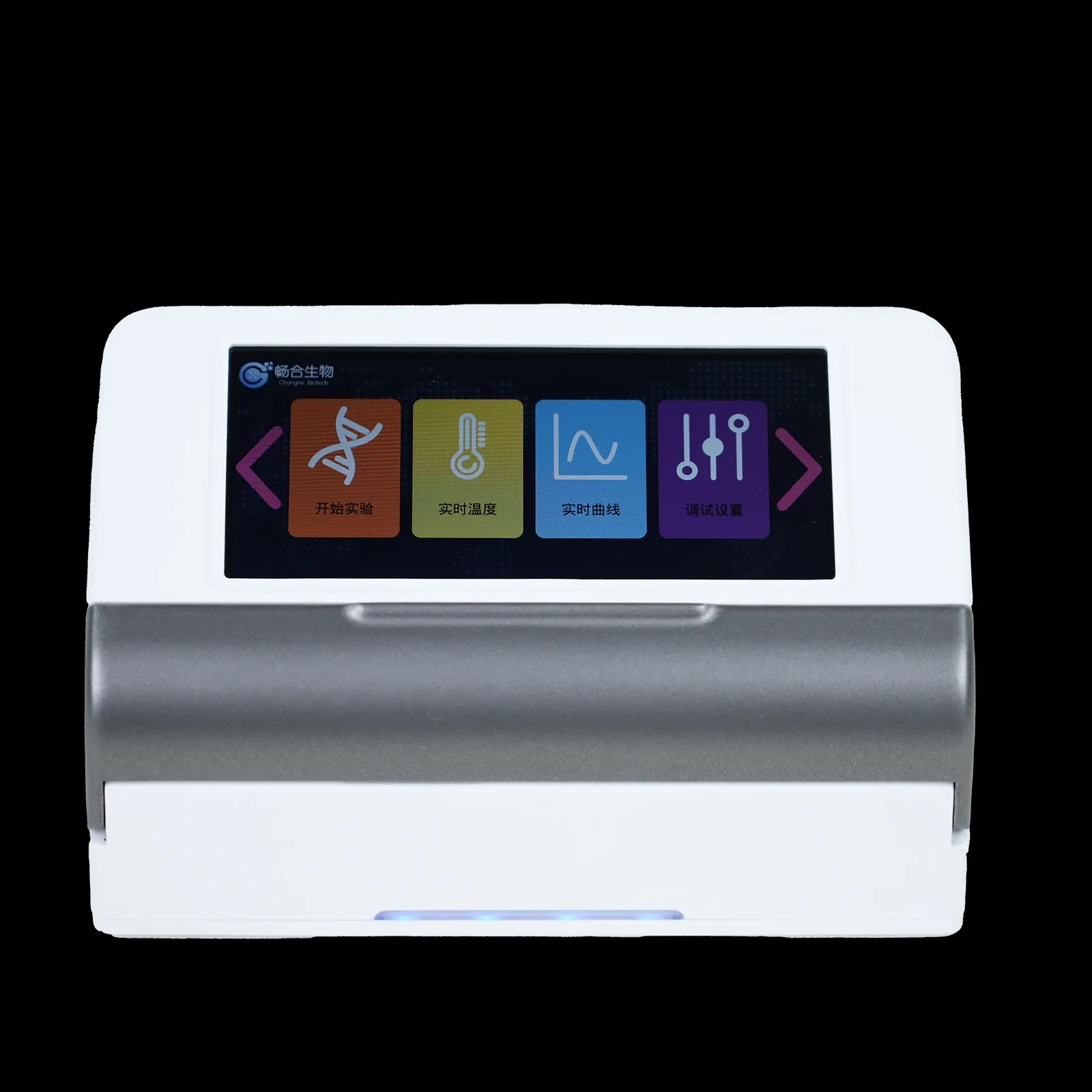
The Critical Role of Distemper PCR Test in Preventive Feline Care
Feline distemper spreads rapidly through bodily fluids, contaminated surfaces, and even fleas. Infected cats can shed the virus for days before showing symptoms, making early detection via distemper PCR test vital for containment. Unlike traditional methods like ELISA or cell culture, which lag in sensitivity, PCR amplifies viral DNA, identifying infections even at low viral loads.
Integrating PCR test for cats into annual wellness exams allows veterinarians to:
Screen asymptomatic cats, especially those in multi-pet homes or high-risk environments.
Quarantine positive cases immediately, preventing outbreaks.
Monitor vaccine efficacy by distinguishing between wild-type and vaccine-derived strains.
A Midwest shelter reduced distemper-related euthanasia by 60% after implementing routine distemper PCR test during intake, demonstrating the life-saving potential of proactive screening.
Advantages of PCR Test for Cats in Early Disease Identification
PCR test for cats outperform traditional diagnostics in speed, accuracy, and versatility. Key advantages include:
Speed: Results in 1–2 hours vs. days for viral cultures.
Specificity: Distinguishes FPV from other pathogens like feline coronavirus.
Quantification: Measures viral load to assess infection severity.
For example, a distemper PCR test can detect as few as 10 viral copies per sample, whereas ELISA requires thousands. This precision is critical for breeders and catteries, where a single false negative could jeopardize entire litters.
Wholesale adoption of PCR test for cats also streamlines workflows. Pre-packaged kits with standardized reagents reduce human error, while bulk purchasing (e.g., 500-test panels) cuts per-test costs by up to 40% for veterinary networks.
Scaling Up: Wholesale Strategies for Implementing Distemper PCR Test
For veterinary networks and large clinics, scaling distemper PCR test requires strategic planning:
Bulk Procurement: Partnering with manufacturers to secure volume discounts on distemper PCR test kits. A 2023 study found that clinics ordering tests annually saved per test compared to retail buyers.
Training Programs: Standardizing protocols across staff to ensure consistent sample collection and interpretation.
Lab Partnerships: Collaborating with regional labs for high-throughput testing, reducing equipment costs for individual clinics.
A Florida veterinary group serving 20 clinics centralized its PCR test for cats by partnering with a diagnostic lab, achieving 24-hour turnaround times and a 30% reduction in operational costs.
Emerging Technologies in Feline Distemper PCR Test
Innovations are making distemper PCR test faster and more accessible:
Multiplex Panels: Tests that screen for FPV, calicivirus, and herpesvirus in one run, cutting costs for multi-pathogen detection.
AI-Driven Analysis: Software that interprets Ct (cycle threshold) values, reducing human error in result reporting.
These advancements are particularly transformative for mobile clinics and rural practices, where access to lab facilities is limited.
FAQ: Optimizing Distemper PCR Test in Feline Wellness Programs
How early can a distemper PCR test detect infection in cats?
Distemper PCR test can identify FPV DNA within 24–48 hours of exposure, long before symptoms like vomiting or diarrhea appear.
Are PCR test for cats cost-effective for small clinics?
Yes. Wholesale purchasing groups and lab partnerships allow small clinics to access bulk pricing. Portable distemper PCR test devices also reduce reliance on external labs.
Can distemper PCR test replace vaccination?
No. PCR testing complements vaccines by identifying breakthrough infections and asymptomatic carriers. Vaccination remains the cornerstone of prevention.
How often should cats be tested using distemper PCR test in wellness programs?
Annual testing is recommended for all cats, with bi-annual screening for high-risk groups (e.g., shelter cats, unvaccinated outdoor cats).
What sample types are used for PCR test for cats?
Swabs (nasal, oral, rectal), whole blood, or feces. The choice depends on the test kit and the cat’s clinical status.
Integrating distemper PCR test into feline wellness programs is no longer a luxury—it’s a necessity for modern veterinary care. For clinics and networks, wholesale adoption of PCR test for cats offers a dual win: enhancing feline health outcomes while driving practice growth through preventive care packages. As technology evolves, these tests will become faster, cheaper, and more accessible, solidifying their role as a pillar of 21st-century feline medicine.
Moreover, incorporating PCR testing into wellness programs allows for early detection of distemper and other viral infections, enabling veterinarians to initiate treatment promptly and potentially reduce the severity of the disease. This proactive approach not only improves the quality of life for cats but also alleviates the financial burden on owners by preventing costly long-term treatments.
-
Regulatory Standards for Canine PCR Test in Wholesale MarketsNewsAug.05,2025
-
Portable PCR for Food Safety: Rapid Identification of ContaminantsNewsAug.05,2025
-
Navigating Bio Sampling Challenges in Extreme EnvironmentsNewsAug.05,2025
-
Innovations in Mould Detection DeviceNewsAug.05,2025
-
Biological Sampler in Hospital Settings: Tracking Nosocomial InfectionsNewsAug.05,2025

